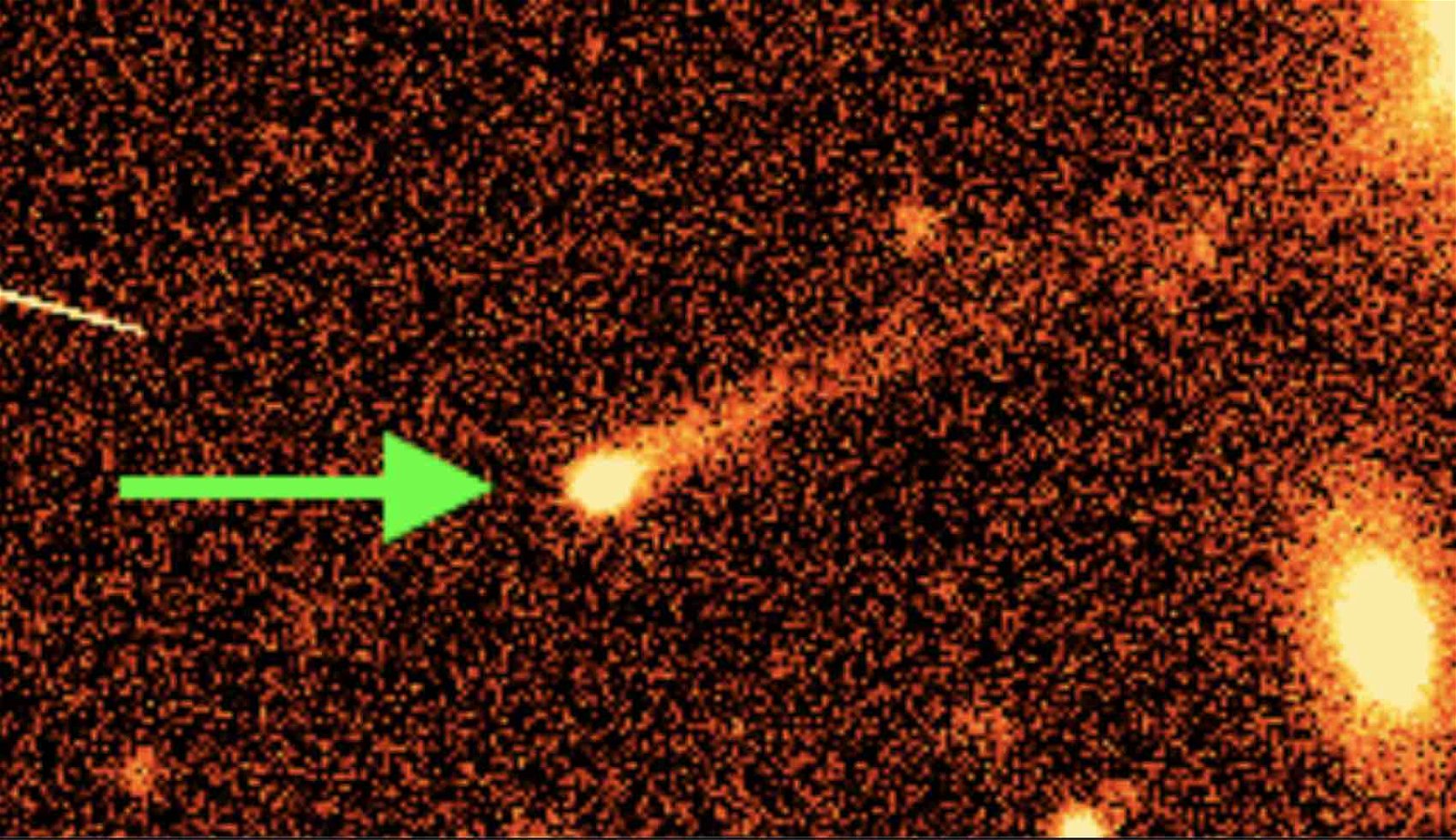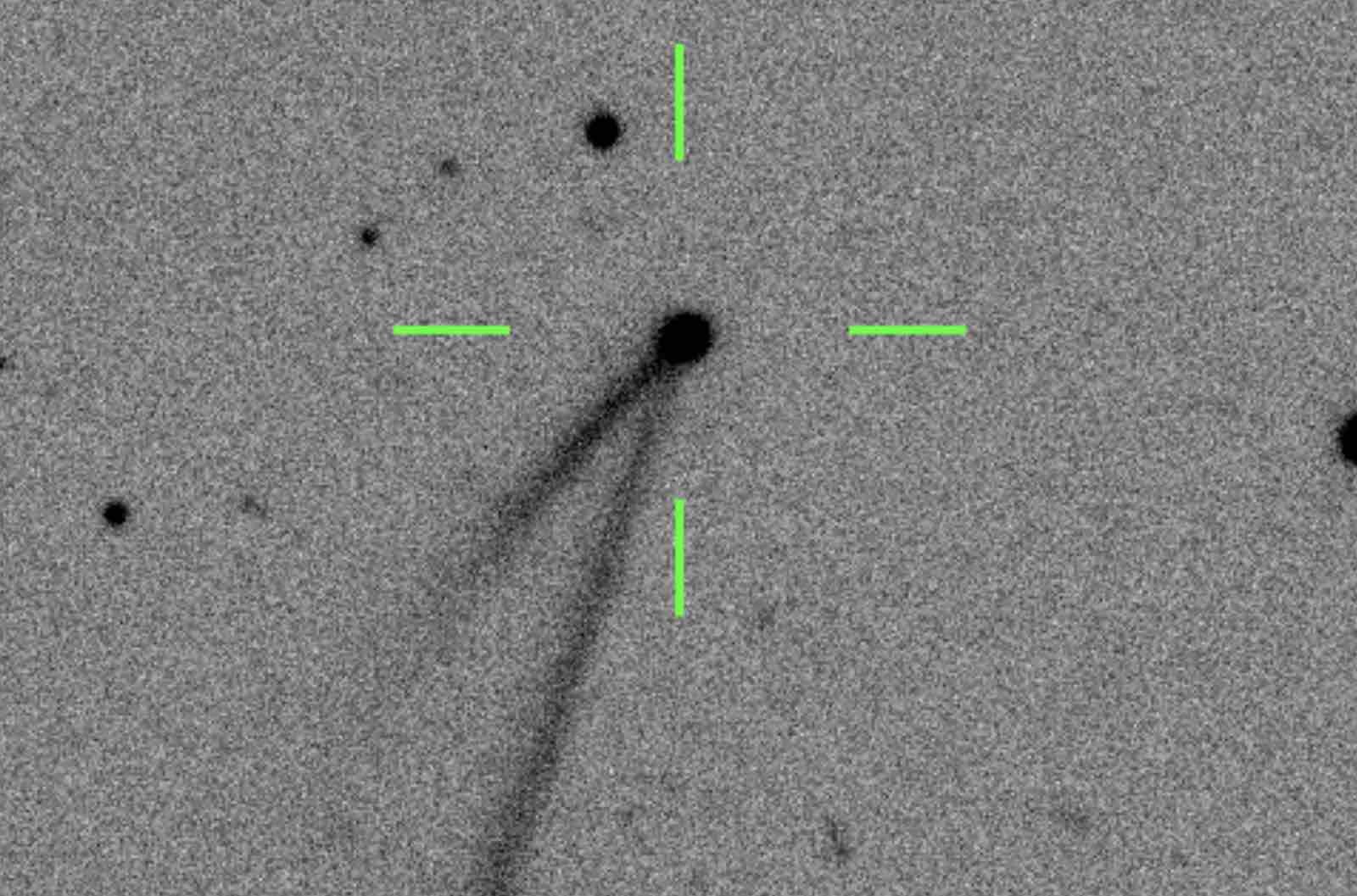Fifteen rare asteroids showcasing very unusual “active” properties have been detected as part of an ongoing international volunteer effort to unravel the mysteries of a peculiar variety of space objects.
The asteroids were spotted amid 430,000 images during an effort comprising more than 8000 volunteers who scoured images from the Dark Energy Camera, or DECam, on Chile’s Victor M. Blanco telescope.
Founded by Colin Orion Chandler, Ph.D., a University of Washington and DiRAC Institute scientist, the Active Asteroids project continues to leverage the work of volunteers in its ongoing search for asteroids possessing these unusual properties.
What makes these “active” objects so rare is that they possess traits that blur the lines between asteroids and other kinds of celestial objects, as some of them possess tails like comets, while others are enveloped in pockets of dust or gas.
Since their first discovery in 1949, only a few dozen of the rare asteroids have ever been discovered.
According to NASA, the properties these objects display challenge our conventional ideas about objects in the solar system, and present opportunities for new insights about the behavior and origins of these rare “active” asteroids.
Among the things astronomers hope to learn from studying these objects are insights into solar system evolution and the formation of planets, as well as clues to the origins of water on Earth.
Active asteroids may also help provide valuable resources for future space missions, since the ice within their tails could be used for a range of applications in deep space that include providing breathable air, to help power spacecraft on long missions.
The fifteen newest additions to the growing number of active asteroids currently known to exist are described in a new paper in the Astronomical Journal.


For many of the Active Asteroid project’s participants, helping to spot these odd space objects has been a life-changing experience. Virgilio Gonano, an Italian amateur astronomer and one of the volunteers who helped make the discoveries, said it was a “dream come true” to be able to be part of such an effort.
Tiffany Shaw-Diaz, a volunteer from Dayton, Ohio, said that she has been a member of Active Asteroids since the project produced some of its earliest results.
“To say that this project has become a significant part of my life is an understatement,” Shaw-Diaz recently said. “I look forward to classifying subjects each day, as long as time or health permits, and I am beyond honored to work with such esteemed scientists on a regular basis.”
There’s potentially good news for others who may be interested in joining the volunteer-driven effort: Active Asteroids is seeking additional volunteers for its growing network of contributors. Who knows, you may even be the next volunteer who helps them spot an asteroid that behaves a lot like a comet. More about the project can be found online at the project’s official website.
Micah Hanks is the Editor-in-Chief and Co-Founder of The Debrief. He can be reached by email at micah@thedebrief.org. Follow his work at micahhanks.com and on X: @MicahHanks.

